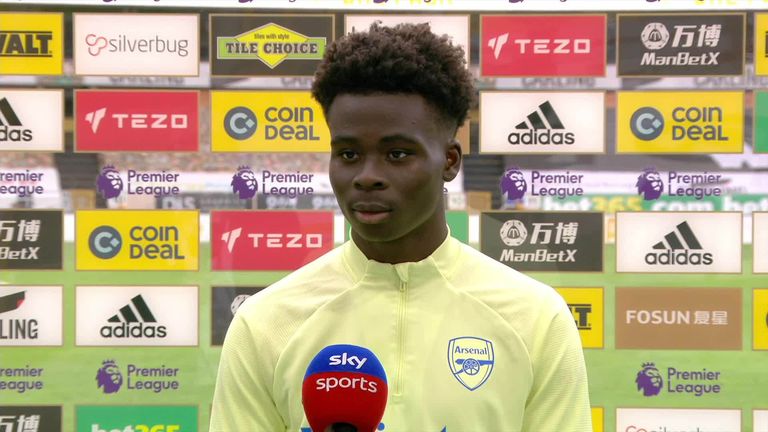The Evolution of the Winger/Inside Forward
Football’s tactical landscape has shifted dramatically over the decades, and one of the most significant transformations has been the role of the winger. In modern football, the traditional winger has morphed into something far more complex: the inside forward. Once defined by speed, dribbling, and hugging the touchline, today’s wide players are just as likely […] The post The Evolution of the Winger/Inside Forward appeared first on Arsenal FC Blog.

Football’s tactical landscape has shifted dramatically over the decades, and one of the most significant transformations has been the role of the winger. In modern football, the traditional winger has morphed into something far more complex: the inside forward. Once defined by speed, dribbling, and hugging the touchline, today’s wide players are just as likely to be goal threats cutting inside as they are creators from wide areas. This evolution is a testament to the increasing sophistication of football tactics, where flexibility and unpredictability have become the cornerstones of success.
The traditional winger, especially in the early days of the sport, was tasked with stretching the field. Players like Stanley Matthews, Garrincha, and Tom Finney were supreme dribblers, flying down the flanks and whipping crosses into the box. Matthews, for instance, was known for his exceptional dribbling, recording over 250 career assists in an era where data was scarcely tracked. The primary duty of these players was to supply strikers, rather than look for goals themselves.
The 1990s saw the emergence of a transitional phase for wingers. Players like Ryan Giggs and Marc Overmars still operated in the traditional wide role, but they were more dynamic, cutting inside and occasionally scoring goals. During this period, wingers became more involved in pressing and tracking back, as tactical discipline began to take precedence.
However, the real shift came in the mid-2000s with the introduction of inside forwards, a term now synonymous with inverted wingers. Managers like José Mourinho and Pep Guardiola were instrumental in this transformation. By positioning right-footed players on the left (and vice versa), they encouraged wingers to cut inside, shoot, and become secondary goal threats. This tactical tweak saw an explosion in goal contributions from wide players. Cristiano Ronaldo’s evolution at Manchester United is the quintessential example of this shift. From 2006 to 2009, Ronaldo transitioned from a traditional winger to an inside forward, scoring 66 Premier League goals in three seasons, nearly doubling his tally from the previous years.
Statistically, the trend has only grown. In the 2022-2023 season, wide forwards like Mohamed Salah, Kylian Mbappé, and Vinícius Júnior consistently ranked among the top scorers for their teams. Salah, operating as an inside forward for Liverpool, has averaged 0.64 goals per game since his arrival in 2017, while Mbappé contributed 29 Ligue 1 goals last season. Even wingers who are primarily known for their creativity, like Kevin De Bruyne, have shown goal-scoring tendencies, as seen in his eight goals and 16 assists in the 2022-2023 season.
The tactical flexibility of modern teams has further accelerated this evolution. Teams like Manchester City and Bayern Munich, under managers like Guardiola and Hansi Flick, have successfully deployed inverted wingers who often operate more centrally. In City’s case, their system’s fluidity allows wingers like Jack Grealish and Phil Foden to interchange between wide and central positions, making them harder to mark.
Today’s inside forwards are hybrids—creators, finishers, and tactically astute players who can operate in various spaces on the pitch. The role’s evolution reflects the overall tactical development of football: it’s faster, more fluid, and constantly demanding innovation from both players and coaches. As football continues to evolve, the winger-turned-inside forward will remain at the heart of tactical revolutions for years to come.
The post The Evolution of the Winger/Inside Forward appeared first on Arsenal FC Blog.










